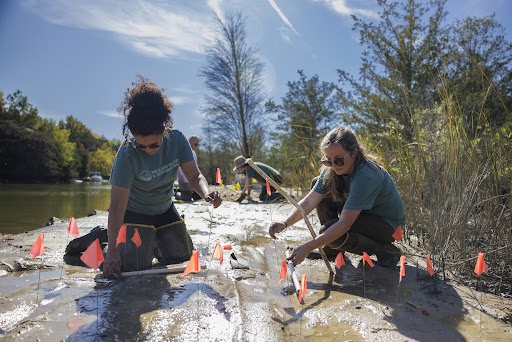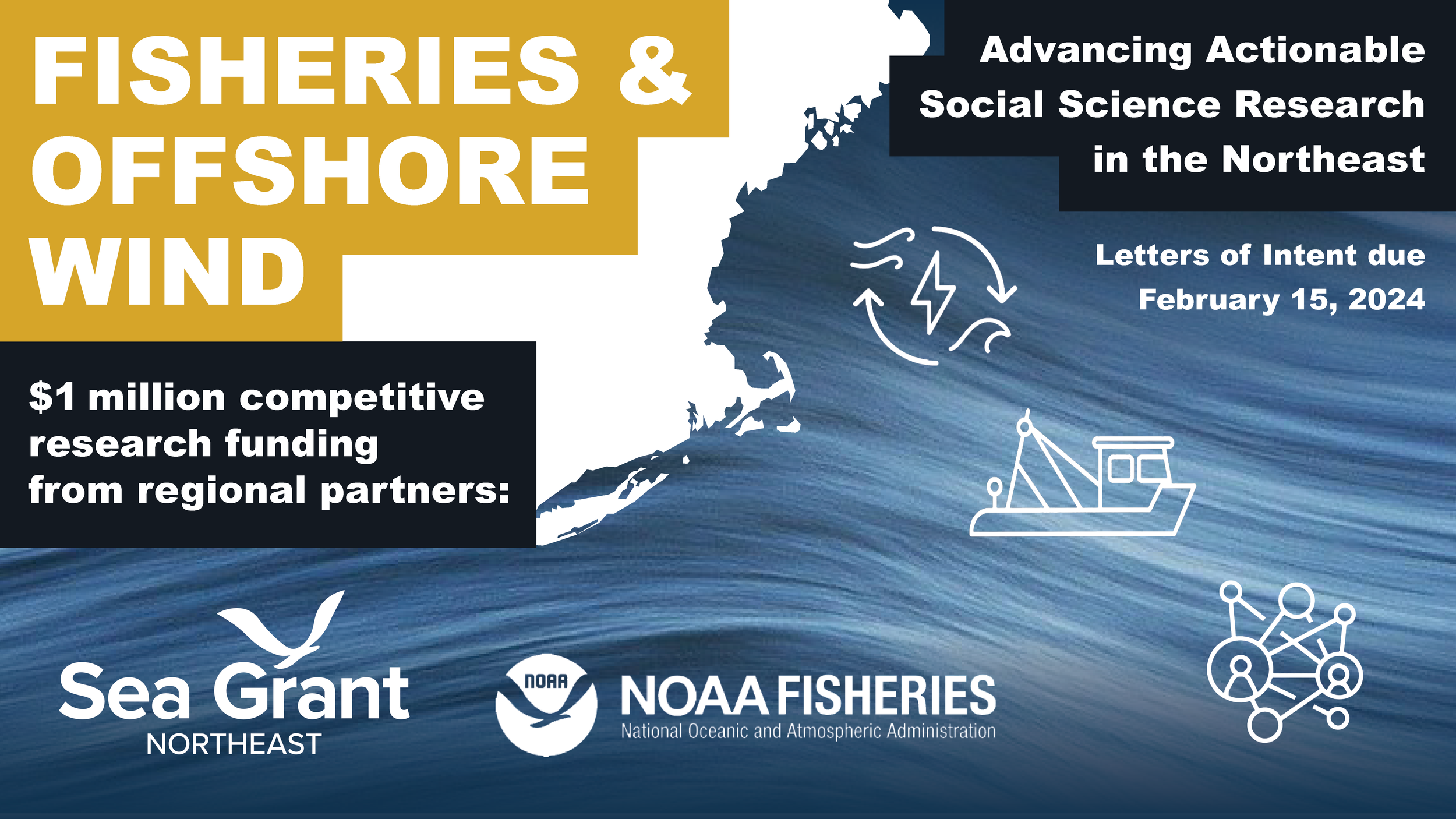By Katharine Egan
Ocean Exploration Fellow
NOAA Office of Ocean Exploration and Research
A few weeks ago, I was sitting in the wet lab on the NOAA Ship Nancy Foster watching a video feed from the remotely operated vehicle (ROV) that I helped to deploy. The pilot guided the ROV into shallower waters, and I was quick to identify the corals as these depths. I thought about what I was doing this time last year: sitting in front of my laptop using math to find coral reefs just like these for my Master’s thesis research. More specifically, I was using spatial predictive modeling to produce maps showing the potential location of star corals, which can help researchers identify where important reef habitat is located. This year, I didn’t have to predict where the star corals were located, instead I was identifying them as they came across the video feed from the ROV.
Making these maps was a data intensive process, since to determine potential locations, I needed to know the depth of an area, how the seafloor slopes, and what the topography is like. Fortunately, I had access to 14 years of seafloor mapping data, thanks to the NOAA National Centers for Coastal Ocean Science’s (NCCOS) ongoing project to map and characterize the waters of the United States Caribbean (i.e. Puerto Rico and the U.S. Virgin Islands).
After years of using these seafloor mapping products for my Master’s thesis and my prior job at NOAA NCCOS, I finally know what is involved in the actual data collection because I got involved in the collection myself! Thanks to the professional development funds from my Knauss Fellowship, I had the opportunity to participate in the 15th year of mapping and characterizing the U.S. Caribbean onboard the NOAA Ship Nancy Foster. This year, mapping operations took place in the mesophotic and deep waters around St. Croix and St. Thomas of the U.S. Virgin Islands.
The science team and some of the Nancy Foster crew. The science team included researchers from NOAA NCCOS’s Marine Spatial Ecology Division, researchers from NOAA NCCOS’s Deep Coral Ecology Lab, and ROV Pilots/Technicians from the Undersea Vehicles Program at the University of North Carolina Wilmington (UVP UNCW).
I found out firsthand that the maps and data I worked with required several steps to produce.
- In the evening and at night, we carried out seafloor mapping operations.
- During the day, we conducted dives using remotely operated vehicle (ROV) ensure that the mapping data are accurate; this is called ground-truthing.
- Instruments continuously collected fisheries acoustics data, which involved detecting fish in the water column using special sonars.
I had the opportunity to help with both the ROV and mapping operations on the cruise. In the evenings, I learned how the seafloor mapping equipment works and what kinds of software are used to process the data. Processing and cleaning the mapping data were crucial because in the mornings we used the mapping data to plan out where the ROV dives were to take place. Before putting the ROV in the water, we used the mapping data to identify areas that could contain coral reef habitat, which is what we were targeting with the ROV dives.
During the day, I helped recover and deploy the ROV. While the ROV was in the water, I watched the video feed and assisted in identifying some coral species. The ROV dives themselves involved describing habitat, noting anything of interest (sharks, lionfish, unknown corals), and identifying deep-sea coral species. Some of the ROV dives we conducted were sample collection dives, where a manipulator arm and suction sampler on the ROV were used to collect deep-sea corals for further identification and genetic work.
I was only on the cruise for 12 days, but in that time we completed 32 ROV dives (24 were ground-truthing and 8 were sample collection). We identified 45 different coral species and collected 40 coral samples. A total of 460.1 km2 (177.6 miles squared) area of the seafloor was mapped. I would call that a successful research cruise!
I’m thankful that through my Knauss Fellowship I had the opportunity to contribute to this effort. I gained a better understanding of ROV and mapping operations, and I now know how my thesis data were collected. This research cruise was also important to me because of the U.S. Caribbean component. I lived in St. Thomas, USVI where I attended the University of the Virgin Islands, and I’m glad I could help with collecting data that will ultimately benefit the place I once lived. Finally, I gained an even greater appreciation of how important it is to map and characterize these waters. The U.S. Caribbean contains a large area of coral reef habitat of which the people of Puerto Rico, USVI, and also the continental U.S. heavily rely on. Coral reefs host commercially important fish species, provide buffers to storm damage, and provide recreational and tourism opportunities. Mapping and characterizing coral reef habitat is the first step in better managing and fully understanding these important ecosystems.


